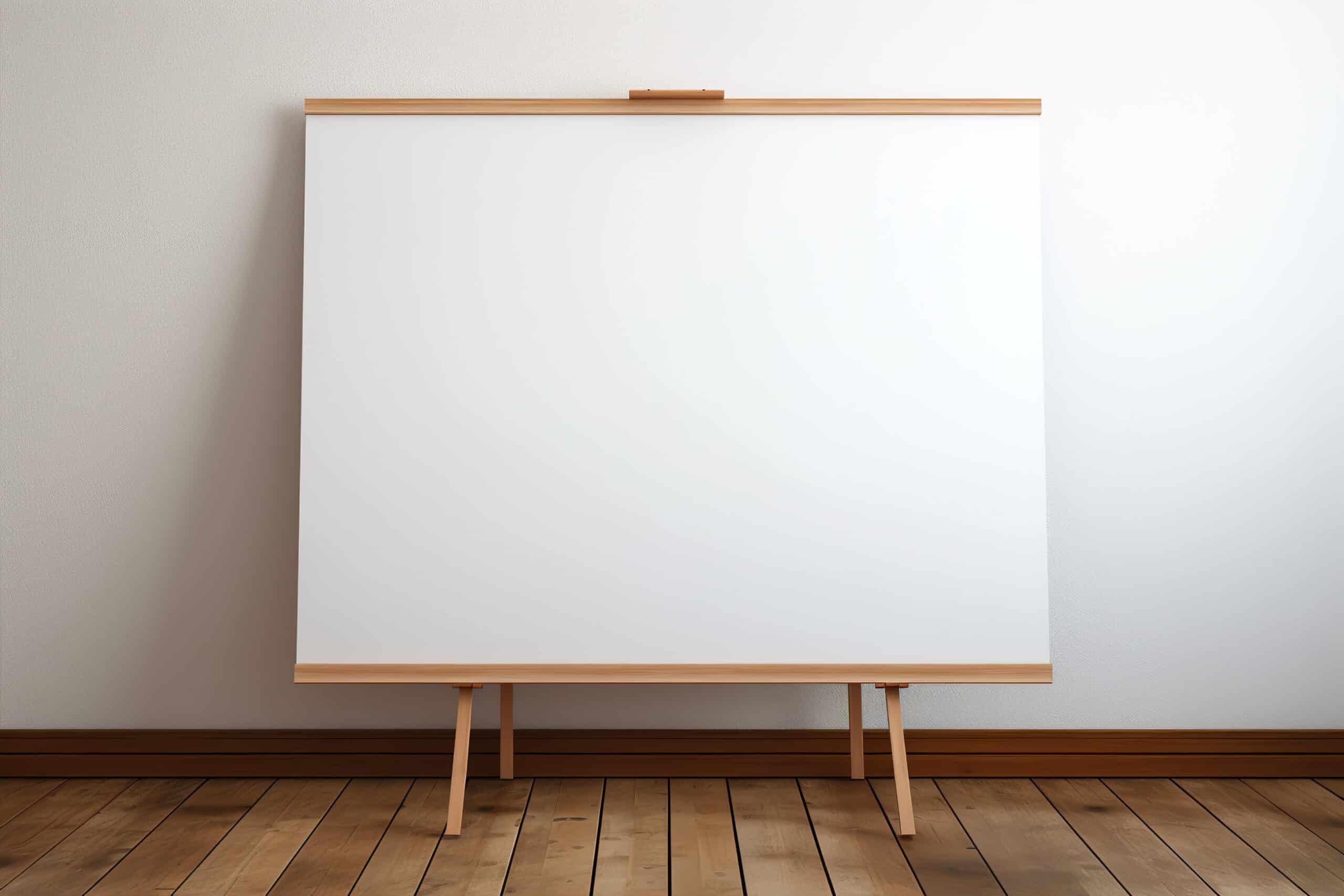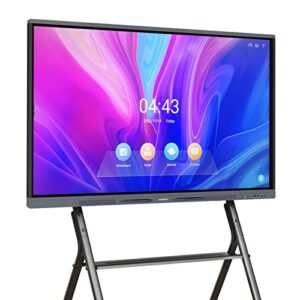How to Use a Smart Board
Key Takeaways
- Starting with a mental warmup sets the tone for an interactive and engaging learning experience
- Using visual aids and graphics enhances the effectiveness of Smart Board lessons
- Incorporating individual and group activities promotes active participation and peer interaction
Smart Boards are interactive whiteboards that have revolutionized teaching and learning in classrooms. These digital tools provide an engaging and interactive learning experience for students, making lessons more dynamic and impactful. In this article, we will explore the best practices for using a Smart Board and how it can enhance teaching and learning.
1. Start with a Mental Warmup
When using a Smart Board in the classroom, it is important to start the lesson with a mental warmup to engage students. This could be a quick review of previous concepts, a thought-provoking question, or a fun activity to get students excited about the lesson. By starting with a mental warmup, you set the tone for an interactive and engaging learning experience.
2. Plan Whole-Class Sessions with Visual Aids and Graphics
Utilizing visual aids and graphics is a great way to enhance the effectiveness of Smart Board lessons. These tools make abstract concepts more concrete and help students grasp complex ideas more easily. Incorporate images, diagrams, charts, and graphs into your lessons to support student understanding and promote visual learning.
3. Incorporate Individual and Group Activities
Smart Boards are designed to encourage collaborative learning. Incorporate individual and group activities into your lessons to promote active participation and peer interaction. Allow students to come up to the Smart Board and work on tasks or projects together. This not only enhances student engagement but also fosters teamwork and communication skills.
4. Utilize the Review Feature
The review feature of Smart Boards allows you to reinforce lessons and check for understanding. Use this feature to recap key points, ask questions, and engage students in a discussion. By reviewing the material covered, you help students consolidate their learning and ensure that they have grasped the concepts.
5. Take Advantage of Interactive Features
Smart Boards offer a wide range of interactive features that can make learning more engaging and fun. Take advantage of features such as games, quizzes, and online activities to reinforce learning objectives and provide opportunities for student interaction. These interactive elements not only make lessons more enjoyable but also help students retain information better.
Conclusion
Smart Boards are powerful tools that can enhance teaching and learning in the classroom. By starting with a mental warmup, planning whole-class sessions with visual aids, incorporating individual and group activities, utilizing the review feature, and taking advantage of the interactive features, teachers can create a dynamic and engaging learning environment. The possibilities are endless when it comes to using Smart Boards effectively in the classroom.
Related Websites:
- How to Use Smartboards in the Classroom
- Teacher’s Guide: How to Use a Smartboard in the Classroom
- Smart Board Explained: Ultimate Guide
- Maximizing Classroom Engagement: How to Use Smart Board for Teaching
- 10 Effective Tips for Smart Board Instruction
- Ways to Use Smart Boards for Classrooms
- Smart Board for Teaching
FAQs:
Q: What is a smart board and why is it important to understand how to use it?
A smart board is an interactive whiteboard that allows users to control and interact with digital content using touch gestures and a stylus. It is important to understand how to use a smart board because it enhances teaching and learning experiences, promotes collaboration, and improves engagement in presentations or interactive lessons.
Q: How do I set up a smart board?
To set up a smart board, follow these steps:
1. Ensure you have all the required equipment and cables.
2. Position the smart board in a suitable location.
3. Connect the necessary cables to the smart board and your computer or other devices.
4. Install the smart board software on your device.
5. Calibrate the smart board to ensure accurate touch response.
6. Test the smart board to ensure it is functioning properly.
Q: How can I connect devices to a smart board?
You can connect devices to a smart board in multiple ways, such as using HDMI, VGA, or wireless connections. The appropriate connection method depends on the device and the available ports on the smart board. It is recommended to consult the smart board’s user manual or manufacturer’s guidelines for selecting the appropriate connection method.
Q: What are the basic functions of a smart board?
The basic functions of a smart board include writing and drawing on the board, using interactive tools and features, and navigating the user interface. It provides a platform to create dynamic presentations, annotate content, and interact with digital resources.
Q: How can I troubleshoot common smart board issues?
To troubleshoot common smart board issues:
1. Check the power and connectivity of the smart board and connected devices.
2. Ensure the cables are securely connected.
3. Restart the smart board and connected devices.
4. Calibrate the smart board if touch response is inaccurate.
5. Update the smart board software to the latest version.
6. Consult the smart board’s user manual or contact technical support for further assistance.






